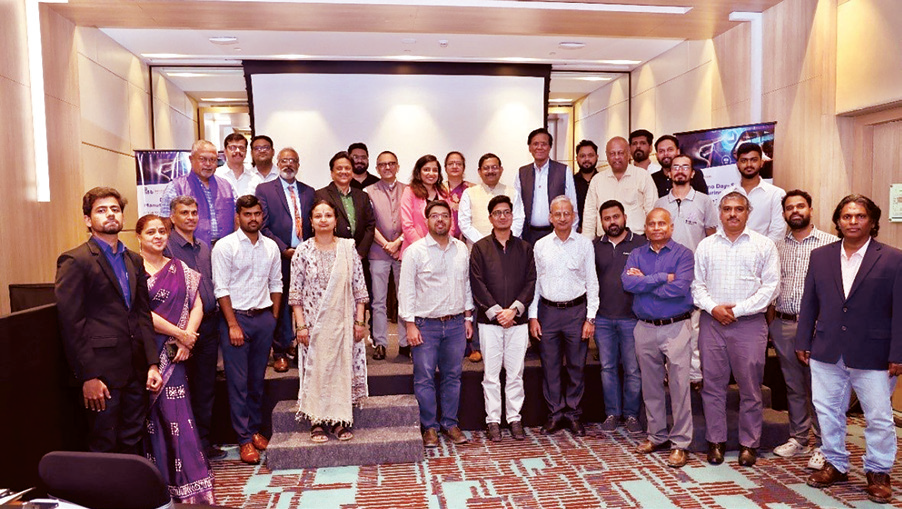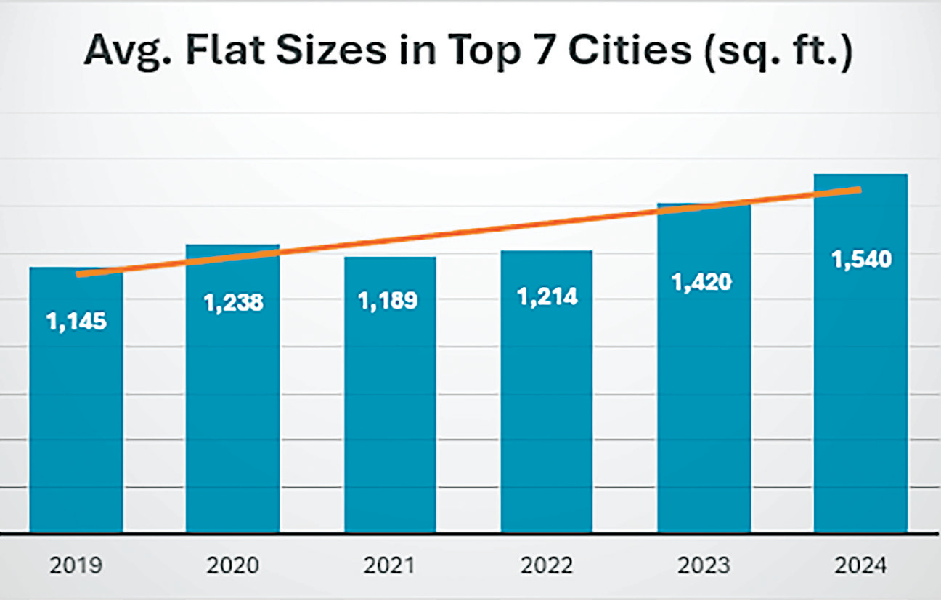
Cost of higher education in India is leaving parents drained, in debt
With limited seats in govt universities, parents are spending lakhs on private institutions. Some are choosing the latter for its better facilities & infra despite the financial strain.
Fareeha Iftikhar
A 53-year-old business consultant and mother of two in Chennai began setting aside some money each month years ago when her boys were still in primary school. Today, one of her sons is studying law at O.P. Jindal Global University in Haryana, and the other has signed up for a bachelor’s degree in mathematics at Krea University in Andhra Pradesh. However, despite her early efforts to save, it hasn’t been enough. Though she and her husband paid for their older son’s law degree with their savings, they were forced to sell some property to cover the cost of their other son’s education which increased beyond their expectations each year. “In the first year, the fee was just over Rs. 8 lakh, but it has risen to approximately Rs. 10 lakh in the fourth year, with no clear explanation,” said the woman who wished to not be named.
“The university is still not as well-established as we hoped, and we have ended up spending far more than we anticipated. To manage, we even had to sell some property.” She and her husband shelled out an approximate Rs. 40 lakh for their second son’s education at Krea over 4 years. This was in addition to the nearly Rs. 30 lakh they spent on their other son’s three-year law degree. With private universities jacking up their tuition fees and other charges every year, parents across India are reeling from the high cost of university education for their children. They are saving early, taking loans and even selling property to send their children to expensive private universities in the hope that the investment will pay off eventually with their children’s careers. Parents often don’t have a choice. They are forced to turn to private universities and fork out lakhs of rupees because the number of seats in governmentfunded universities, with nominal fee structures, is limited. “People today are looking for quality education. If their children can’t get into the best public institutions, they often look abroad or to reputable private institutions,” Furqan Qamar, a professor at Centre for Management Studies, Jamia Millia Islamia, told The Print. The numbers tell the story.
Whether it’s a medical or engineering degree, data shows a huge difference in costs between government and private higher education institutions. According to the 2019 National Sample Survey (NSS), the average expenditure on studying medicine was Rs. 31,309 in government institutions compared with a much heftier Rs. 94,658 in private aided and Rs. 1,01,154 in private unaided institutions in an academic year. The data covered the July 2017 to June 2018 period. It is the most recent NSS survey on education consumption available. Engineering students, too, shelled out a relatively reasonable Rs. 39,165 for an academic year at a government institute but a much higher Rs. 66,272 and Rs. 69,155 for private aided and private unaided institutions respectively, revealed the Household Total Consumption on Education in India survey. But not all governmentrun educational institutes are within the financial reach of students. Institutes such as the Indian Institute of Technology (IIT) and the Indian Institute of Management (IIM) are now charging prohibitively high tuition fees.
For instance, a four-year undergraduate B.Tech degree at an IIT may cost between Rs. 8 to 10 lakh for general category students and a two-year MBA programme at an IIM can set students back by Rs. 20 to 25 lakh. Tuition fees have been steadily rising at both government and private educational institutions, leaving parents financially stretched. In 2016, the IITs more than doubled the fees for unreserved category students from Rs. 90,000 to Rs. 2 lakh a year, marking the first hike in seven years. Since then, they have been pushing for further increases, but haven’t got government approval yet. Similarly, annual undergraduate costs at the liberal arts Ashoka University have leapt from around Rs. 8 lakh in 2018 to an approximate Rs. 12.28 lakh today. Meanwhile, competition is fierce as demand outstrips the number of seats. The IITs, for instance, offer only 17,700 B.Tech seats but over 2 lakh students compete for them each year. Similarly, in medical education, more than 20 lakh students take the NEET-UG exam for roughly 1 lakh seats. Only half of these seats are in government-run institutions while the rest are in private medical colleges. Seats aren’t just limited in engineering and medicine but also the humanities.
Delhi University (DU) has just around 70,000 undergraduate seats across 91 colleges, but a staggering 26 lakh students apply each year. With thousands of students failing to make it to a government university, private universities are the only alternative. According to the government’s All India Survey on Higher Education (AISHE) 2021-22, with demand for private education increasing, the number of private universities in the country rose from 276 in 2015- 16 to 473 in 2021-22.
When private education is the only option: But education loans can be backbreaking for many parents. A 21-year-old engineering student’s parents working in the private sector in Noida took a loan for Rs. 22 lakh for their son’s education at the Birla Institute of Technology and Science, Pilani (BITS Pilani) in 2023. The course fee is around Rs. 22 to Rs. 24 lakh a year, which is almost the same as the couple’s combined annual income of Rs. 24 lakh. “Both my husband and I lost our jobs during the COVID-19 pandemic in 2020,” said the mother, Ankisha Verma. “We had to rely on our savings just to cover basic expenses— education for both our children, rent and daily needs. It took us nearly two years to get back on our feet.
But by then, there was no way we could afford my elder son’s education without borrowing. Although the university offered some financial help, we did need to take a loan to cover the remaining cost,” she added. The Vermas are confident their son’s B.Tech degree will help him land a good job and repay his education loan. But for many parents, repaying children’s education loans can turn into an almost never-ending nightmare.
SADDLED WITH LOANS
Private universities aren’t cheap. It is hardly surprising that their exorbitant costs push many parents to rely on loans from banks or relatives. Gone are the days when parents could fund their children’s education with their savings alone. According to Arjun Chowdhry, group executive (Affluent Banking, NRI, Cards/ Payments and Retail Lending), Axis Bank, the increasing cost of higher education as well as an increase in the number of students studying abroad has led to a significant jump in education loan applicants. Chowdhry said, according to the RBI, education loans grew by 17% year-on-year in March 2023.
“There is enhanced interest in this sector with many new players foraying into this space. At Axis Bank, we have witnessed significant growth in our education loans portfolio in the recent years,” he said in an email response to ThePrint. According to a September 2024 report by Credit Rating Information Services of India Ltd, Non-Banking Finance Company (NBFC) education loan assets under management are projected to increase by about 40 percent this financial year to over Rs 60,000 crore from Rs 43,000 crore last year. With parents and students desperately scrambling for funds, the government has stepped in to help. On 6 November, the central government approved the PM-Vidyalakshmi scheme aimed at providing loans of up to Rs 10 lakh to meritorious students for higher education at 860 top institutions. The scheme will benefit over 22 lakh students annually.
 English daily published in Bengaluru & Doha
English daily published in Bengaluru & Doha






